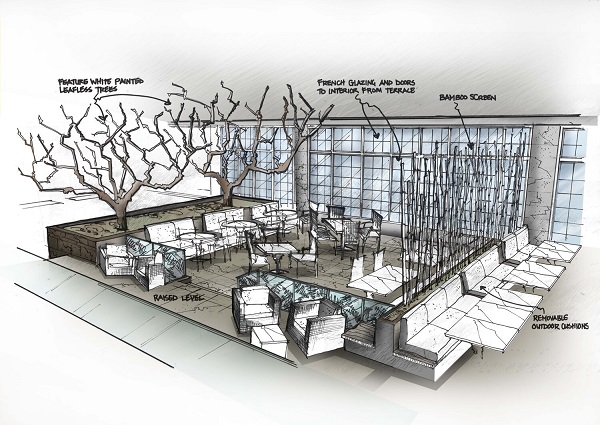Interior design is more than just arranging furniture or picking the perfect wall color. It is a harmonious blend of art and science, aimed at creating functional, aesthetically pleasing spaces that reflect individuality and purpose. Whether you’re sprucing up your home or designing a commercial space, understanding the principles of interior design can turn any area into a masterpiece.
What is Interior Design?
Interior design encompasses the planning, designing, and furnishing of interior spaces. Its purpose is not just to make a room look good but also to optimize its functionality and create an environment that supports its intended use. From residential homes to corporate offices, interior design plays a crucial role in enhancing comfort, productivity, and mood.
Key Elements of Interior Design
- Space
Space is the foundation of interior design. Whether you’re working with a small apartment or a sprawling mansion, understanding the dimensions and flow of a room is essential. A good design maximizes space without making it feel cramped or empty. - Color
Colors influence emotions and perceptions. Warm tones like red and orange evoke energy, while cooler shades like blue and green promote calmness. Choosing the right color palette can transform the atmosphere of any room. - Light
Lighting is a powerful tool in interior design. Natural light brings life and warmth, while artificial lighting highlights specific features and sets the mood. Layering different types of lighting—ambient, task, and accent—adds depth and versatility to a space. - Texture and Pattern
Texture and pattern add character and dimension. A mix of smooth and rough textures, or bold and subtle patterns, can create visual interest and balance. For instance, pairing a sleek leather sofa with a textured wool rug can make a room feel inviting yet modern. - Furniture and Accessories
Furniture defines the functionality and style of a space. From minimalist designs to ornate pieces, choosing the right furniture ensures comfort and complements the overall theme. Accessories like artwork, plants, and decor items personalize and complete the design.
Tips for a Perfect Interior Design
- Start with a Plan
Begin by visualizing the purpose of the space. Sketch a layout, list essential items, and decide on a budget. - Embrace Minimalism
Less is often more in interior design. Avoid clutter and focus on quality over quantity to achieve a clean, sophisticated look. - Add a Personal Touch
Incorporate elements that reflect your personality or interests, such as family photos, travel souvenirs, or a favorite color. - Consider Sustainability
Eco-friendly materials and energy-efficient designs not only benefit the environment but also add a contemporary, conscious touch to your space. - Seek Professional Help
If you’re overwhelmed or aiming for a high-end finish, hiring an interior designer can be a worthwhile investment.
Current Trends in Interior Design
- Biophilic Design: Integrating nature into interiors with plants, natural materials, and earthy colors.
- Smart Homes: Incorporating technology for convenience, like automated lighting and climate control.
- Vintage Revival: Mixing antique or retro pieces with modern designs for a timeless look.
- Neutral Palettes: Shades of beige, taupe, and gray continue to dominate for their versatility and elegance.
Conclusion
Interior design is a journey of creativity, functionality, and expression. By understanding its core principles and staying true to your vision, you can transform any space into a sanctuary of beauty and comfort. Whether you’re revamping a single room or designing an entire building, let your imagination and taste guide you toward creating the perfect space.
